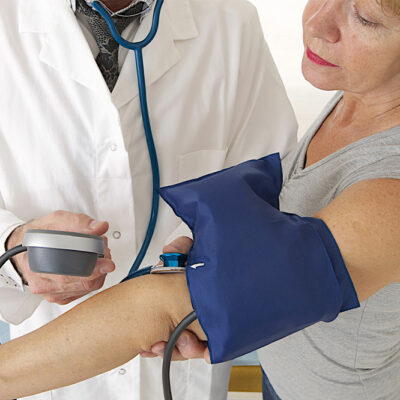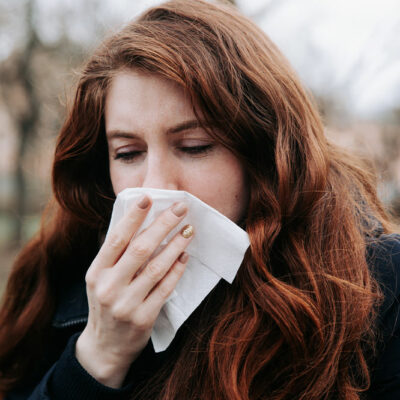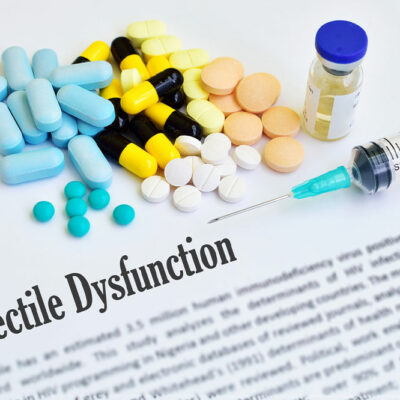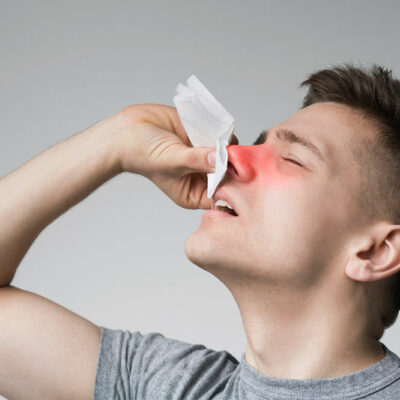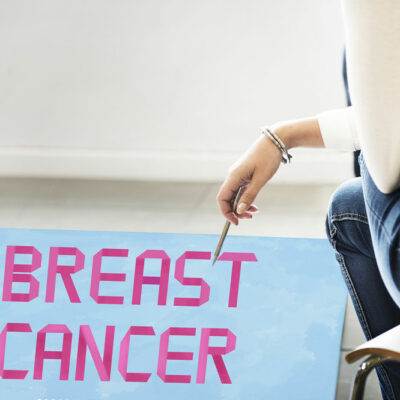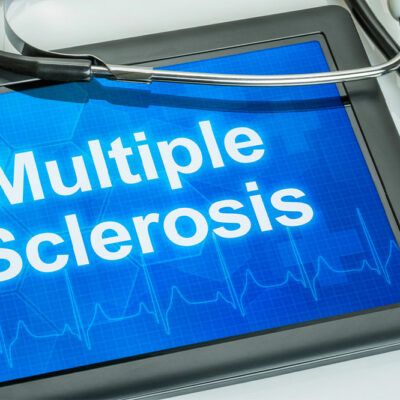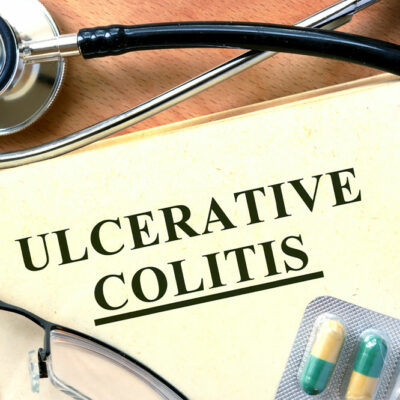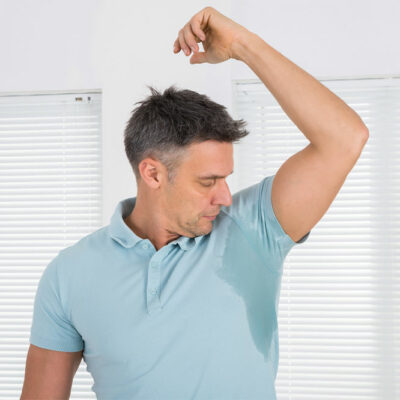
Health
Symptoms and Diagnosis of Hyperhidrosis
Hyperhidrosis, commonly called excessive sweating, is a disorder in which a person tends to sweat for no reason from the underarms, palms, or feet. The condition, which may start at the age of 13, can continue for life if left untreated. Hyperhidrosis becomes a cause for embarrassment and hampers social and personal life. It also leads to depression and anxiety at times. Here are the symptoms and diagnosis of hyperhidrosis. Symptoms There are some very clear symptoms of hyperhidrosis. 1. Underarms sweat Heavy sweating can be observed on the underarms or around your back. This may result in soaking your shirt to the extent that you may feel the urge to change your clothes to be comfortable. 2. Sweat on cheeks and forehead You may experience heavy sweating, especially on the forehead. The sweating can impact daily tasks. Furthermore, one may also experience excessive sweating on the cheeks. 3. Sweating on hands and feet Excessive sweating that may cause dripping from the hands is a symptom of hyperhidrosis. Furthermore, there might also be sweating from the feet, resulting in the soaking of the socks. 4. Other symptoms Some other symptoms are a result of excessive sweating. Several painful and irritating skin infections may be caused due to hyperhidrosis.
Read More 